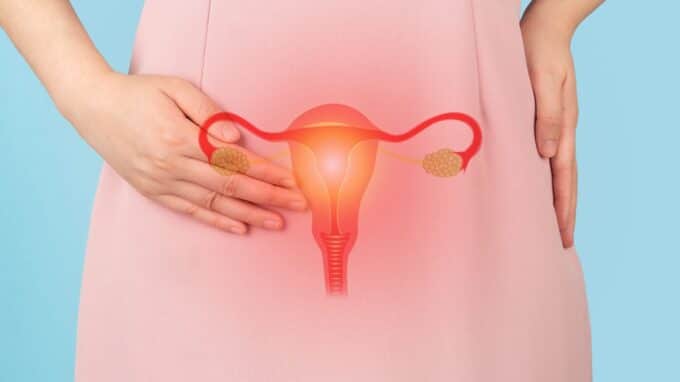Researchers at the Francis Crick Institute have shed light on the proteins that control ovarian development in mice before and after birth. This could lead to a better understanding of the cause of female infertility. After conducting research to identify the gene responsible for ovarian development in the mouse embryo, the scientists wanted to find out which genes maintain ovarian functions, including egg production, after birth.
Proteins Regulate Genes that are Crucial for Female Fertility
Previous experiments have shown that removing a gene called Foxl2 in female (XX) mice at different times in development has different effects depending on the time point. When embryos are harvested, the ovaries change and the adult mice are infertile. When taken from adult mice, their ovaries begin to resemble testes. In a study published in Science Advances, the team found that while FOXL2 plays a role during embryonic development, its greatest influence occurs after birth, where the protein regulates the activity of many other genes, including some involved in embryonic development Functions are involved. FOXL2 is a type of protein that is physically located on certain DNA regions (“enhancer”) and influences whether and how other (target) genes are read.
The researchers used a technique called chromatin proteomics to “fish out” any other proteins that interact with FOXL2 when it is bound to DNA. They found that the number of protein interactions in the ovaries increased dramatically after birth compared to embryonic development. Among other things, they identified a protein called USP7 that binds to FOXL2 when it interacts with its DNA targets. Until now, researchers were not aware of the interaction between USP7 and FOXL2 or what role USP7 plays in ovarian development. When the researchers removed the Usp7 gene from female mice, they found that the mice were unable to develop ovaries past puberty and were therefore infertile. The team hypothesizes that USP7 may be required to stabilize FOXL2 on DNA.
Gene Editing Techniques in Future Therapies
FOXL2 and USP7 share some common roles in humans. People who are missing one copy of the FOXL2 gene can start producing eggs but do not develop full ovaries and therefore have problems with fertility. USP7 mutations can also cause infertility and neurodevelopmental disorders in humans. Genetic testing is key to diagnosing problems with sexual development. Therefore, researchers hope to find the main genetic causes of infertility and consider how gene editing techniques could help in future treatments.
Those genetic factors underlying female development have not been as well studied as those of males because many female developmental pathways occur simultaneously and not in an easy-to-follow order. Infertility is a major problem worldwide. Those key genes and proteins responsible at each stage are crucial.
This is the first time that researchers have been able to use these approaches to observe the interactions that FOXL2, a factor critical to female fertility, forms with other proteins while they are bound to DNA in mouse ovaries. Factors that actively bind to DNA are more likely to have an impact on the regulation of genes important for ovarian development and function. The researchers identified USP7 using this method and hope that their approach can be used to find many more proteins responsible for ovarian development.





